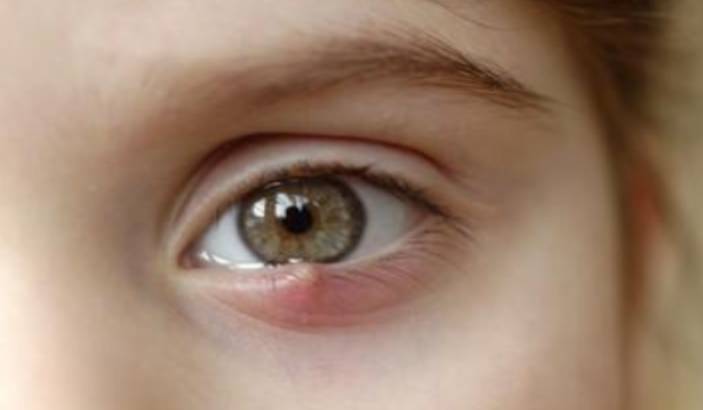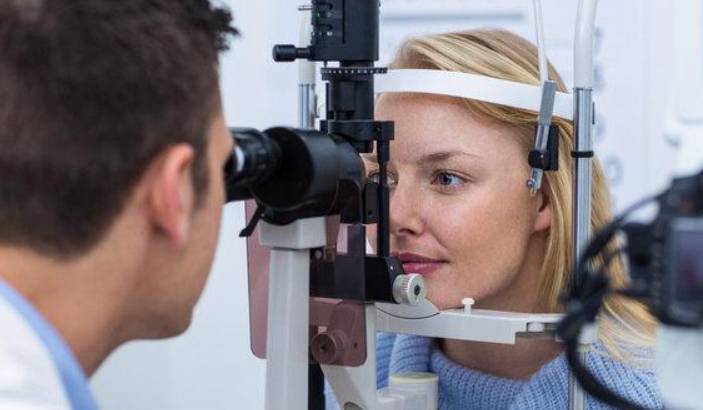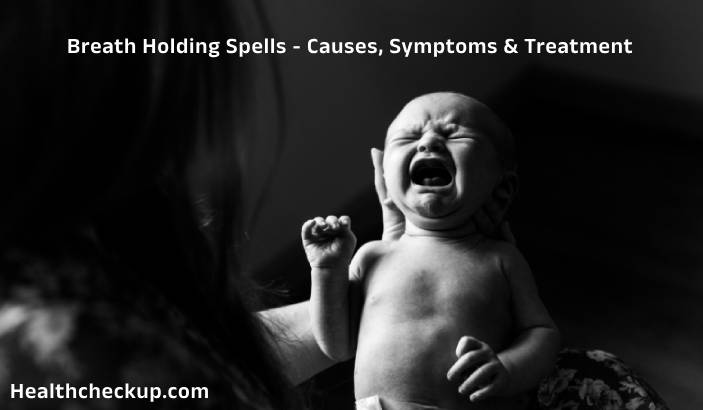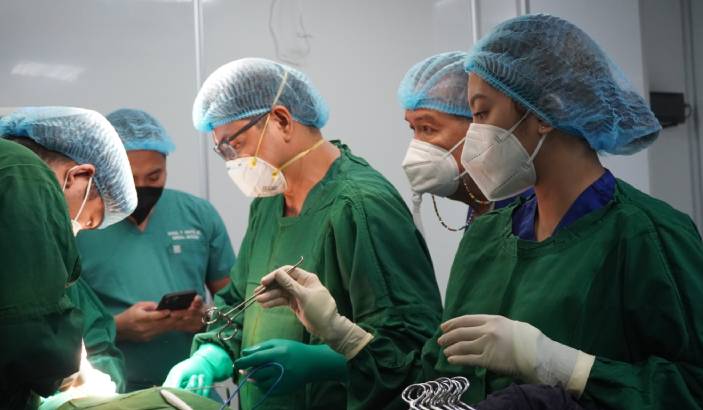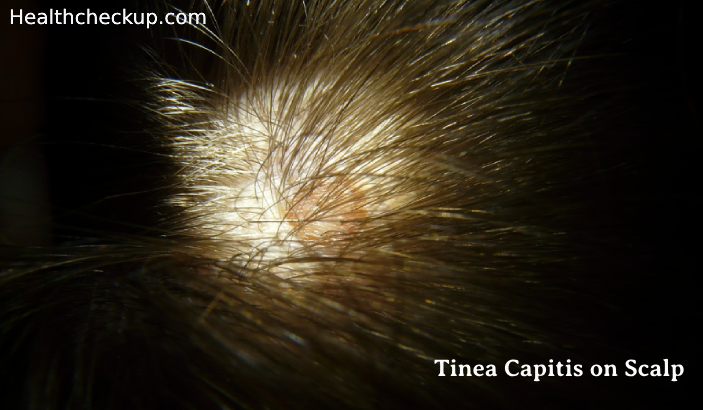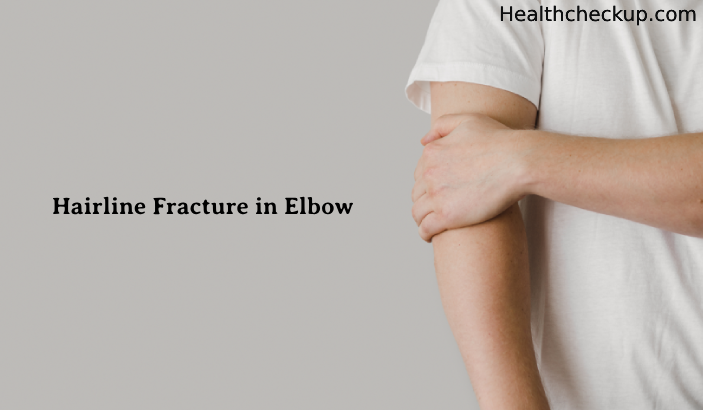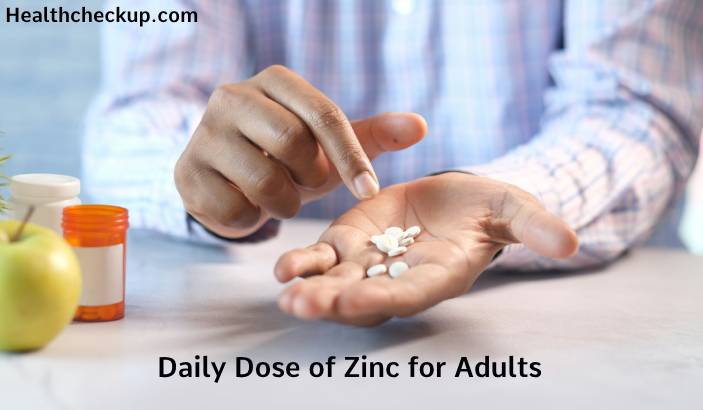Are you grappling with an annoying, painful lump on your eyelid? It might be a stye. It is a common eye condition that can affect people of all ages. This comprehensive article will walk you through everything you need to know about styes: their causes, symptoms, and various treatments.
Understanding What a Stye Is
The eyelid is equipped with several tiny oil glands, particularly around the eyelashes. These meibomian glands secrete oil that lubricates the eye. A stye forms when these glands get clogged with dead skin, dirt, or oil buildup, providing an environment for bacteria to grow.
A stye, medically known as a hordeolum, is a small, tender lump that grows on the outside or inside of the eyelid. It often resembles a pimple and is usually filled with pus.
Styes are broadly classified into two categories: external and internal. An external stye grows on the edge of the eyelid, whereas an internal stye develops inside the eyelid, usually caused by an infection in the oil-producing glands.
Causes of Styes
The primary cause of a stye is a bacterial infection, specifically Staphylococcus bacteria, which live harmlessly on the skin surface but can trigger an infection if they penetrate the skin barrier. Another common cause is blocked oil glands in the eyelid, leading to the accumulation of oil and subsequent infection.
Risk factors that can predispose you to styes include poor hygiene, such as not washing hands before touching the eyes, leaving makeup on overnight, and using old or expired cosmetics. Chronic inflammation of the eyelid (blepharitis) or conditions like diabetes and seborrhea can also increase the likelihood of developing styes.
Symptoms of a Stye
Styes present a range of symptoms, the most noticeable being a red, swollen lump on the eyelid. This lump may cause discomfort or a foreign body sensation in the eye. Other common symptoms include tearing, sensitivity to light, and a gritty feeling in the eye.
It’s crucial to differentiate between a stye and other eye conditions, such as chalazia or pink eye, as they require different treatment approaches. If your stye persists for more than a week or is accompanied by vision problems, fever, or severe pain, it’s time to seek medical attention.
Diagnosis of a Stye
The diagnosis is usually straightforward. Typically, a healthcare provider can diagnose a stye just through an eye exam. They may ask about your symptoms, like when they started and if you’ve had a stye before.
In some cases, a more detailed examination might be necessary, especially for internal styes. The healthcare provider may use a slit lamp — a microscope with a bright light — to get a better view of the internal structures of your eye. This can help rule out other conditions that might mimic stye symptoms, such as a chalazion or an eyelid tumor.
Remember, self-diagnosis can lead to incorrect treatment, which might exacerbate the condition. While it’s tempting to search for symptoms on the internet, it’s always wise to seek a professional medical evaluation. It’s not just about treating the current stye; it’s also about preventing potential ones in the future.
Your healthcare provider can provide personalized advice based on your medical history and lifestyle, ensuring you get the most effective treatment and preventive measures.
Treatment Options for a Stye
At the first sign of a stye, you can start with home remedies such as applying a warm compress to the affected area several times a day. This helps to soothe the pain and draw the pus to the surface. Over-the-counter treatments, like non-prescription eye drops or ointments, can also aid in symptom relief.
If your stye is severe or doesn’t improve with home remedies, you might need medical treatment. You can learn more about this from the article, Which Medications Treat Styes? – Eye Facts, which provides a detailed review of the various medicinal options. These may include antibiotics to fight the infection, steroid injections to reduce inflammation, or minor surgery to drain a persistent or particularly painful stye.
Prevention is always better than cure, so it’s important to maintain good eye hygiene, such as washing your hands before touching your eyes and keeping your eye makeup tools clean. If you are prone to styes, it may be worth discussing preventive measures with your healthcare provider.
While most styes resolve on their own, it’s essential to know when to seek medical help. If the stye doesn’t improve after a week of home treatment, it’s time to see a healthcare provider. Also, if the stye is causing significant discomfort, affecting vision, or is accompanied by other symptoms like fever, a professional medical evaluation is required. Additionally, recurring styes can indicate an underlying health issue, necessitating medical attention.
Conclusion
Wrapping up, while generally harmless and self-limiting, Styes can cause significant discomfort. By understanding what causes styes, recognizing their symptoms, and being aware of the appropriate treatment options, you can effectively manage this common eye condition. Remember, good eye hygiene practices can help prevent styes, but if symptoms persist or become severe, it’s always best to seek professional medical advice.
Styes are a reminder of the delicate nature of our eyes and the importance of taking good care of them. If you’re currently dealing with a stye, remember to avoid squeezing or trying to pop it like a pimple. Instead, use the treatments discussed here, and consult with a healthcare provider if needed.


